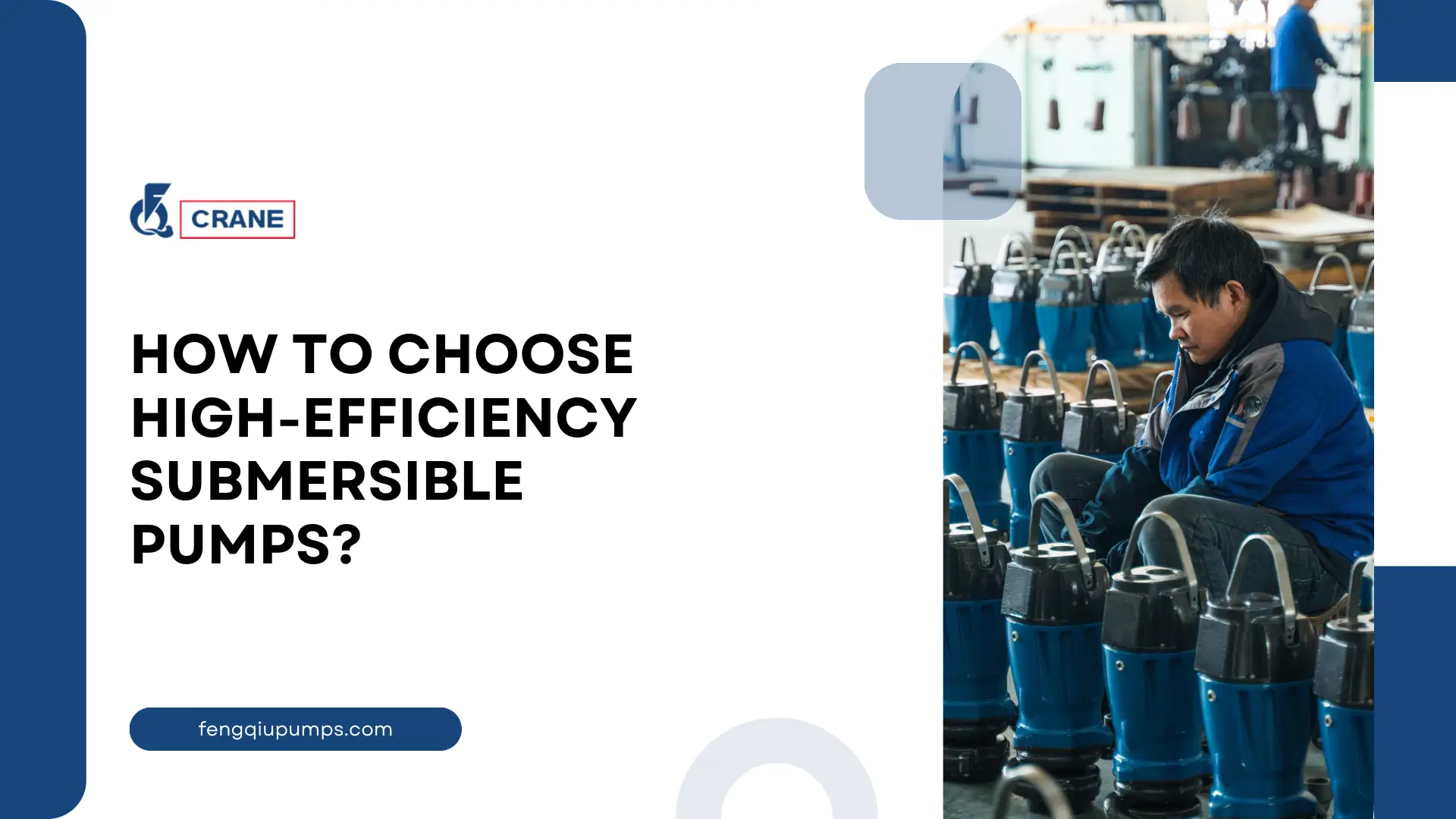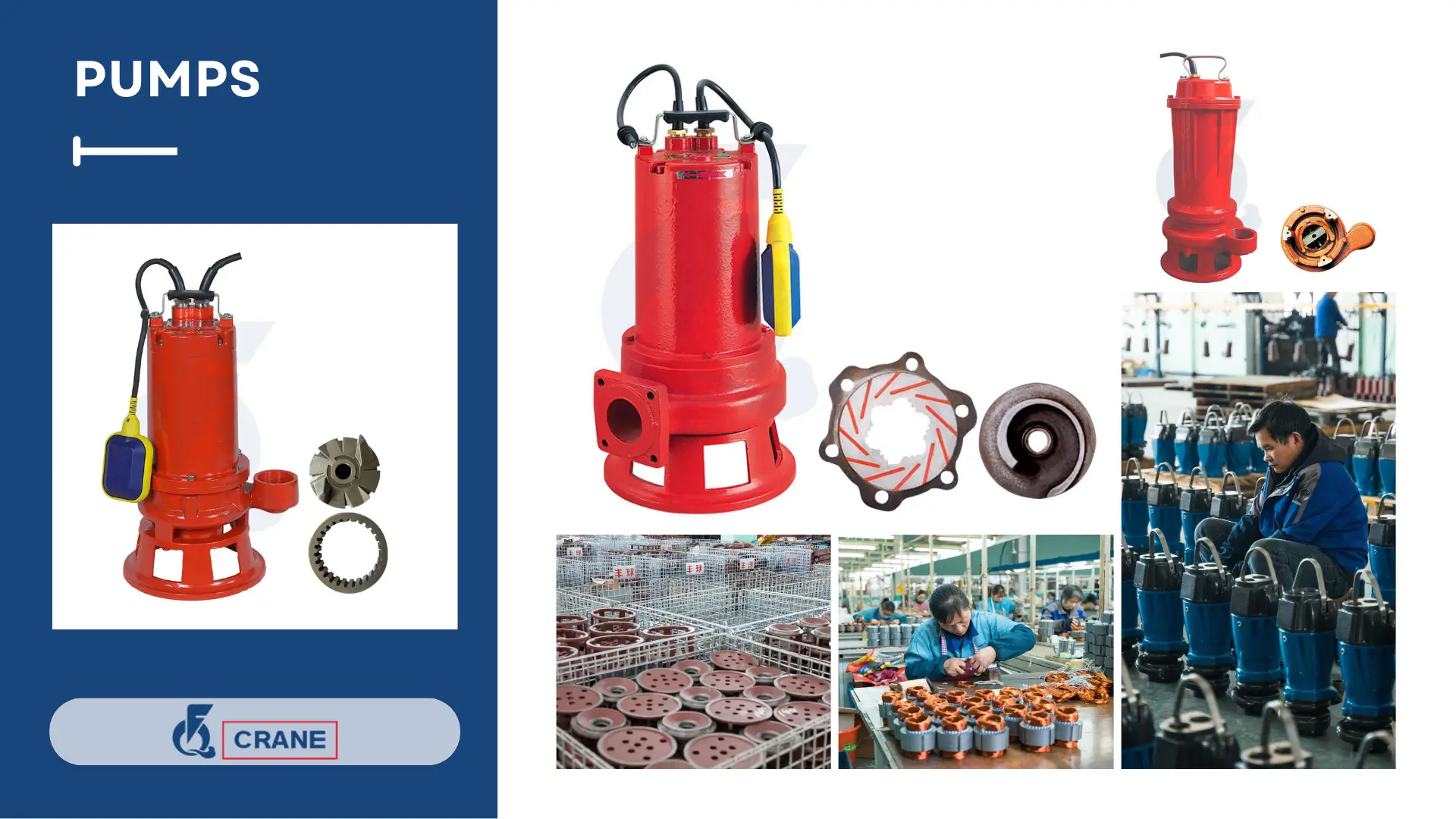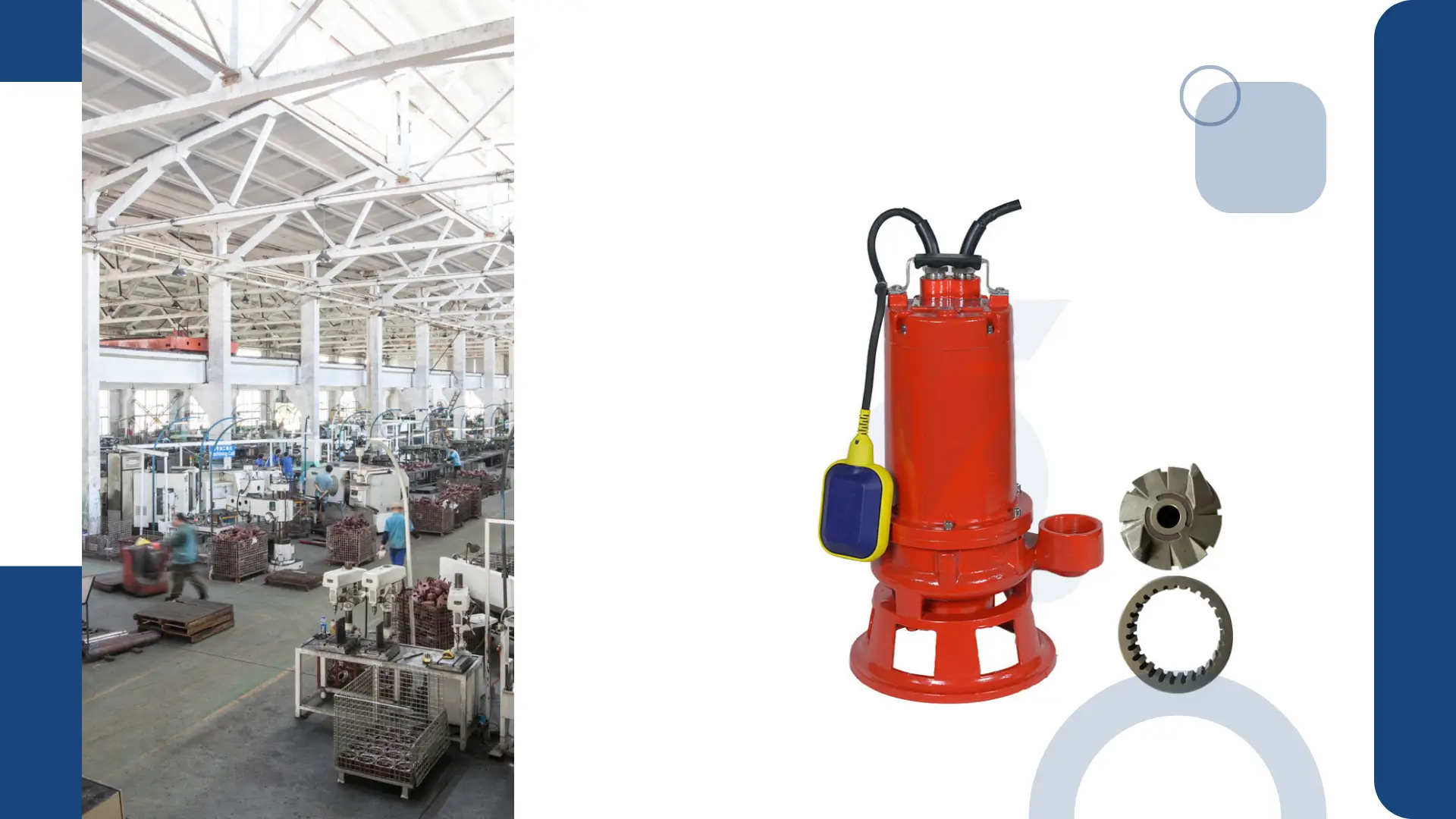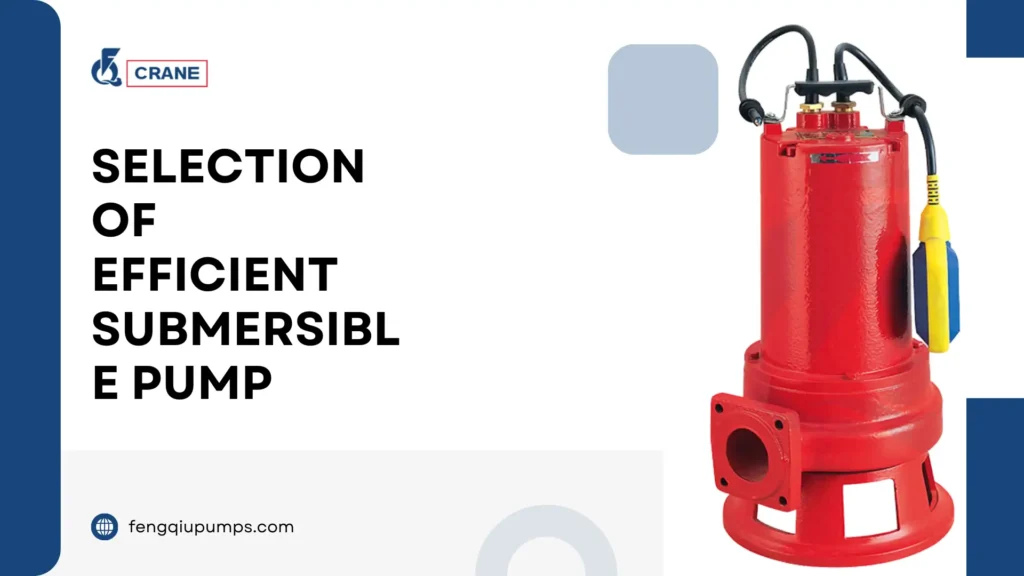Selection of a high-efficiency submersible pump is key in optimizing water management and minimizing energy use.
Be it irrigation, drainage, or even wastewater management; it pays to be able to make an informed decision by saving time and resources in the process.
This guide will take you through some critical aspects to consider while finding the perfect pump for your needs.
Understand Your Application Needs

Compute the Flow Rate and Head Pressure Required
The amount of height you’re seeking to raise the water, now known as the head pressure.
Knowing the two factors above will help to influence your choice of pump, as it will enable you to select one that will be capable of answering your needs.
Not having these values correctly, or underestimating either one of these values, might result in getting a pump that would be overworked and inefficient.
Installation Environment
Note how deep the installation is, the ambient temperature, and any potential for extreme conditions with dust, debris, or water-borne contaminants.
This means that if it will be plunged into deep water, for instance, then it needs to be resistant to high pressure.
Similarly, if the installation site has extreme temperatures, then you need to ensure the pump is rated for such.
Evaluate Pump Efficiency and Performance
Choose High-Efficiency Motor and Hydraulic Design
Prefer pumps whose high-powered motor technologies are combined with innovative hydraulic designs that reduce turbulence and maximize flow, yielding high performances.
High-efficiency motors dramatically cut energy consumption and operational costs.
Besides, the reduced turbulence of a well-designed hydraulic system positively impacts the general performance of the pump.
Consider the Energy Efficiency Rating of the Pump
Energy-efficiency ratings, such as IE3 and IE4, give clear clarification on how well the pump converts electric energy into hydraulic energy.
Of course, while a pump with a higher rating class may have a higher initial price, it would normally pay off by substantial savings in energy bills.
This means that a pump with a good rating for energy efficiency will have a lower overall total cost of ownership and faster return on investment, hence making it a wise choice for projects intended for the long term.
Assess Overall Performance Curve and Operating Range of the Pump
Understand the general performance curve of the pump-a graphical representation of how the pump will perform over a range of flow rates versus head pressures.
A pump that falls within your flow requirement and head pressure comfortably is more durable and can adjust to any change in conditions.
By choosing a pump operation that lies within this comfort range, you are assured of consistency in performance and minimal chances of operational difficulties later on.
Prioritize Durability and Reliability
Look at Construction Materials and Corrosion Resistance
Seek out pumps manufactured from the finest available materials, that are more durable to put up with whichever conditions they may go through.
For instance, wastewater applications require pumps with corrosion-resistant parts to put up with the much hostility of that environment together with its aggressive media.
Materials such as stainless steel, bronze, or special thermoplastics will be appropriate for durability.
Features That Enhance the Life of a Pump
Apart from the building materials, the design features can significantly enhance the life of a pump.
For example, mechanical seals prevent leakage and damage to critical internal parts due to contamination.
Good quality bearings minimize friction and wear, making it easier for the pump to operate under load conditions with ease.
Other than that, thermal protection would prevent overheating when operating on duties involving higher temperatures.
The big issue is whether the pump will be able to function under the expected conditions, both in terms of the work it will be doing, as well as concerning ambient conditions.
Each pump has a duty cycle-what percentage of a given period it can run before it overheats or starts degrading.
Operating a pump above its rated capacity will wear out the pump faster and require more frequent servicing.
Review Installation and Maintenance Requirements

Estimate Physical Dimensions and Installation Clearances
Make sure you have ample room, not only for the actual pump but also for ancillary equipment or piping that may be part of your design.
Some pumps, by their design, require more clearance than others to function properly.
Taking these factors into account will help you avoid installation headaches and ensure the pump can be easily positioned and accessed.
Understand the Needs of Maintenance and Access
A few may need monthly checks, whereas others can run months before reaching their service intervals.
Be comfortable with the level of maintenance you are looking after in a pump, and ensure access to such a pump will be easy should it need routine checks.
Look for pumps that offer clear maintenance instructions.
Consider ease of access in the installation plan to guarantee optimum performances that will enable early problem identification.
Assess the Availability of Replacement Parts and Support
A good manufacturer will make sure to give you support in due time and easily accessible components, which eventually saves you from much hassle and expense in the future.
Being in a position to source your replacement parts quickly or even within a short timeline offers you less downtime and more productivity should repairs become necessary.
Read More:
- Steps for Maintaining Submersible Pumps Efficiently
- 10 Features to Look for in Submersible Pumps
- How to Optimize Performance of Submersible Pumps
Compare Costs and Total Cost of Ownership
Consider the Initial Purchase Price
The decision needs to be set within a broader context: even though a high-efficiency pump will require a more costly purchase price, this should not retain anyone.
In the long run, this price difference will be offset many times over.
The greater the efficiency of the pump-the better the savings on electricity and servicing costs during the entire operating life of the pump.
Estimate Long-Term Energy and Maintenance Costs
In comparing pumps, one should also consider operating costs in terms of energy consumption and maintenance costs in addition to the purchase cost.
Higher energy efficiency-rated pumps may have a higher upfront cost but lower utility bills at the end of the month.
Consider also the frequency of maintenance required and cost that could be maintained throughout the pumps’ lives.
Determine the Overall ROI
A particularly good return on investment could make higher upfront costs worth it due to the financial performance.
Be sure to calculate the payback period for your investment; that gives you a sense of when you will begin to realize some financial benefit.
If you think these costs over with due care, you may come to a decision which fits within your budget and operational objectives; you will make a wise investment regarding the water management solution.

Conclusion
Knowledge about the type suitable for your needs, performance and durability, and installatory and maintenance concerns will be required to choose the right high-efficiency submersible pump.
Take a little time to consider these so that your decision may be one you will not regret for years to come.
If irrigation, drainage, or wastewater management involves the operation of a pump, with the correct pump, optimization could be achieved and save you big time.


